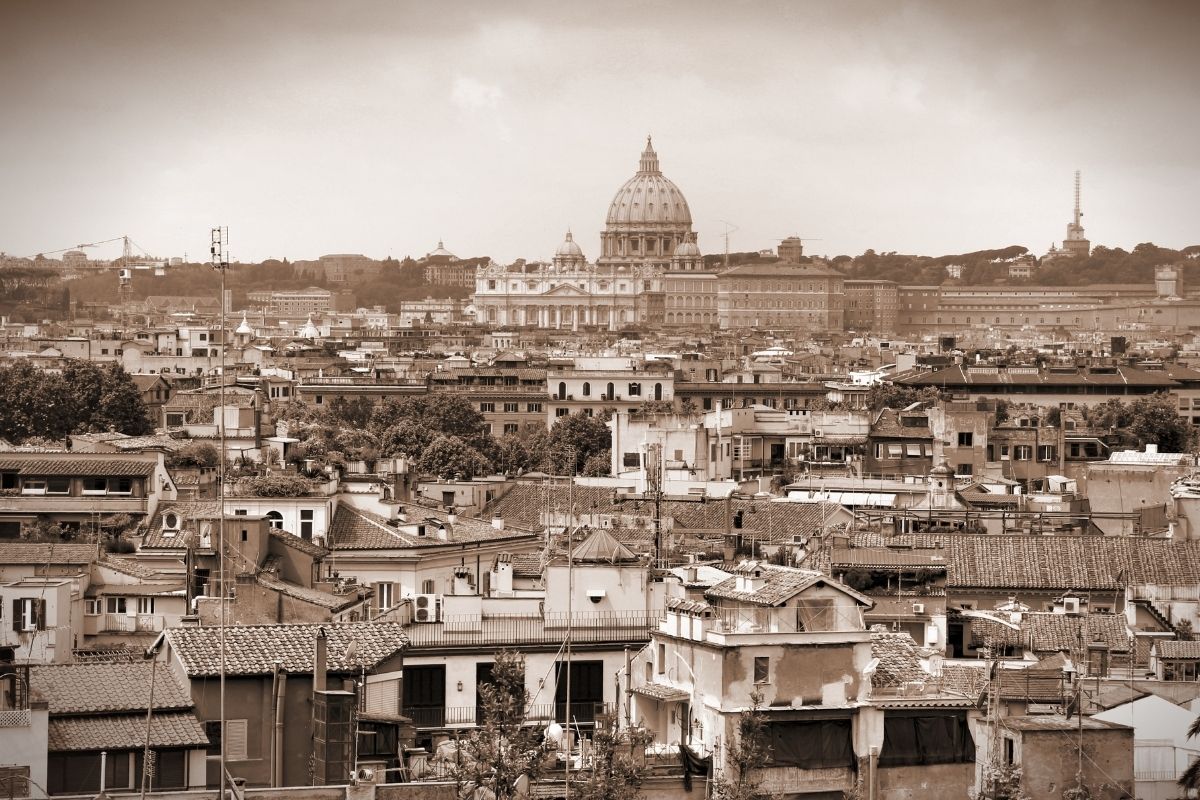What Color Is Sepia? About Sepia Color
Are you curious about what color is sepia? Stick around as we talk about this beautiful color and how it’s used in art and design.
In photography, we usually hear of a filter named sepia. Personally, I would describe this filter as a brownish, vintage filter that makes a photograph look like it was taken decades ago.
But what’s the real deal with sepia and under what color family does this shade belong? Let’s find out here!
What Color Is Sepia?
Sepia is a deep brown tint produced from the liquid sac of the typical cuttlefish, Sepia. It has a reddish-brown hue. The term sepia is a Latinized version of the Greek word spa, which means cuttlefish. Sepia is a color that belongs to the brown color family. The hue is a combination of orange and brown.
It’s a warm neutral shade. #704214 is the hex code for sepia. Sepia is represented by the RGB color code RGB (112,66,20).
A Little Historical Background on Sepia
In Greco-Roman society, sepia ink was widely employed in writing. Until the 19th century, artists widely used it as a drawing medium.
Grisaille is a 14th-century painting style in which a work is done entirely in gray, sepia, or dark green tones.
Professor Jacob Seydelmann of Dresden devised a technique to extract and create a concentrated version of sepia for use in watercolors and oil paintings in the latter quarter of the 18th century.
Sepia toning is a photographic chemical technique that turns black-and-white prints brown. The hue is now frequently linked with old photos.
To simulate the appearance of sepia-toned prints, most photo graphics software packages, and many digital cameras, contain a sepia-tone filter.
Sepia in Early Photography
Since sepia hue usually relates to photography, let’s see how this color was used in the early years of photography. Sepia is a term formed from the Greek and Latin names of the typical cuttlefish.
The ink-like fluid of cuttlefish was originally used in works by ancient Greek philosophers and painters. Sepia acquired the name of this brown color in addition to referring to the sea animal.
The famous artist Leonardo da Vinci’s sketches and notes, which usually contained this reddish-brown color, are one of the most noteworthy pre-photography applications of this fluid. In the 18th century, German artist Jacob Seydelmann employed sepia color in painting and sketching.
The origins of sepia color and toning techniques in photography are a little hazy; no one knows for sure who created the technique.
To make photos endure longer in the 19th century, people attempted a variety of toners ranging from gold chloride to copper, but none of them worked effectively. Some produced odd hues, while others would destroy the photos.
Cuttlefish ink was the clear winner at this time. Sepia toner included sulfuric chemicals that converted metallic silver in photographs to silver sulfide, a more durable form.
This modification increased the resistance of early photos to contaminants by 50%. The rose-brown hues that sepia-toned photographs acquired also enhanced their beauty.
Julia Margaret Cameron, a British photographer, elevated sepia hue from a simple preservation technique into an art form. She used soft focus and lighting, as well as a sepia tone. This is still how sepia is used today.
The sepia color scheme also serves to lessen war’s horrors. During the American Civil War, photographers frequently used sepia hue to make their combat photos more appealing to print audiences.
Until the 1920s, sepia color toning was the standard process for producing portraits. New photographic methods and advances in color photography rendered the sepia image obsolete in the 1930s.
How Experts Use Sepia Today

Sepia hues are far from dead, despite their fall in the early 20th century. Even today, sepia remains the hue of choice for giving pictures a dreamy or antique feel.
Cuttlefish ink is no longer used to tone and color photographs; instead, artificial dyes and computer filters are used to replicate the color.
Modern photographers have devised a technique for recreating sepia color and toning operations using chemicals. They wash bleached photographs in synthetic sepia fluids until they get the same brown hue as the originals.
Nowadays, we can choose from a variety of sepia shades, ranging from light pastel browns to the darkest browns.
Sepia’s warm brown tint is so strongly associated with the past that people use it on purpose. People dress up in Old West outfits and snap sepia-colored photos at Wild West and Civil War reenactments.
For a vintage atmosphere, many couples want sepia-toned photographs alongside color photographs in their wedding album. With the newest picture editing technology, even vintage sepia print images from their prime can be brought back to life.
Sepia hue isn’t simply utilized in photography; it’s also been used in movies for a long time to elicit specific emotions.
One of the most notable instances is Dorothy’s Kansas sequences in The Wizard of Oz, which is shot in sepia color to give them a down-home, old-school vibe as opposed to the bright color grading employed in the Land of Oz.
How to Apply Sepia Colors to Your Shots
You no longer need to print and develop photographs to achieve a sepia tone. Digitally applying sepia hues to your photograph is simple.
To begin, you can use any picture editing program, such as Photoshop. Create a black-and-white adjustment layer on top of your image to apply the sepia color with this program.
Then, on top of your initial adjustment layer, create a new adjustment layer and select the Warming Filter option.
After that, you may choose to maintain luminosity and set the filter’s slider to 50%. Different smartphone applications may also be used to add a sepia hue to your photos.
There is a slew of applications that let you add a sepia tone to your smartphone photos. All you have to do is download one and follow the on-screen instructions.
The Takeaway
The color sepia in vintage pictures was a common preservation strategy in its day. Today, sepia is becoming a popular color choice for adding a retro vibe to images and films.
Despite its origins in necessity, the hue has endured because of its timeless aesthetic appeal.
Read Latest Posts

Hi, I'm Anthony Tran! Welcome to my site. I live in Arizona and am obsessed with all things related to building an Online Business and working from home. Learn about my journey here.
Follow Online








